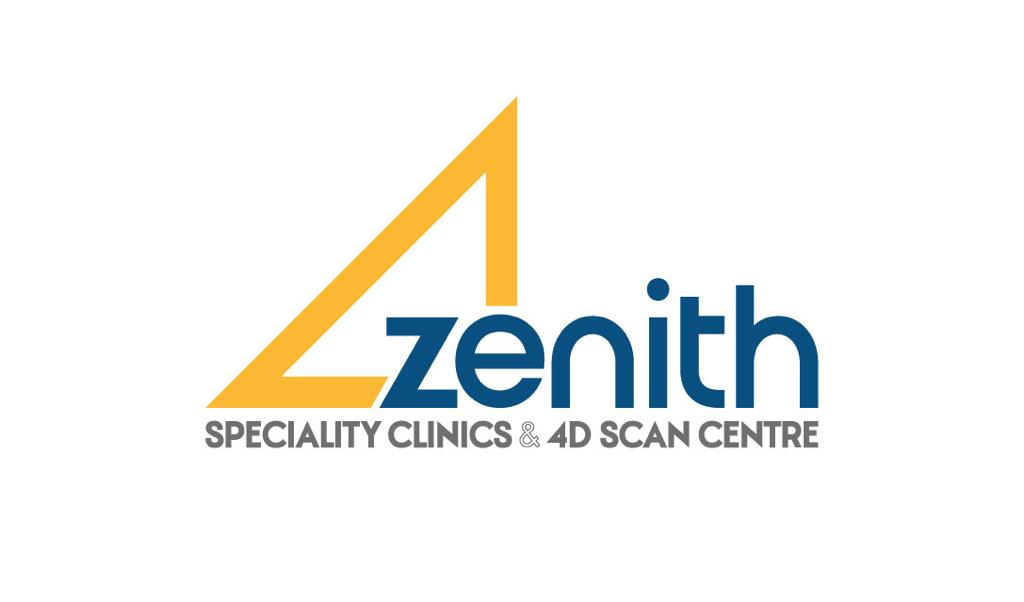Blog Details
Carotid Doppler Ultrasound

One kind of diagnostic imaging method called carotid Doppler ultrasound is used to evaluate blood flow in the carotid arteries, which are found in the neck and provide blood to the brain. This non-invasive technique uses Doppler ultrasonography, which monitors the direction and velocity of blood flow within the arteries, in addition to conventional ultrasound technology.
A handheld instrument known as a transducer is applied to the skin covering the carotid arteries in order to perform a carotid Doppler ultrasonography exam. High-frequency sound waves are emitted by the transducer; these waves enter the body and reverberate as they come into contact with various tissues and structures. Doctors can then view the carotid arteries and surrounding structures in real-time by translating the returning sound waves into visuals on a monitor.
Carotid Doppler ultrasonography not only creates images of the carotid arteries but also evaluates blood flow within them using Doppler technology. Doctors can detect abnormalities such as constriction (stenosis) or blockages, which may limit blood flow to the brain, by monitoring the speed as well as the direction of blood flow.
Uses of Carotid Doppler Ultrasound
- Evaluate for carotid artery disease: It assists in determining whether there are any blockages or narrowings in the carotid arteries, which may raise the risk of a transient ischemic attack (TIA) or stroke.
- Assess stroke risk: Through the identification of anomalies in blood circulation, carotid Doppler ultrasonography can assist in determining a person's risk of stroke and inform both treatment and preventive strategies.
- Monitor disease progression: For those with known carotid artery disease, carotid Doppler ultrasonography can be utilized to track the disease's course over time and assess the effectiveness of treatment.
Overall, carotid Doppler ultrasound is a useful diagnostic technique that offers the benefits of being widely available, safe, and non-invasive for evaluating carotid artery disease and directing therapy decisions.
